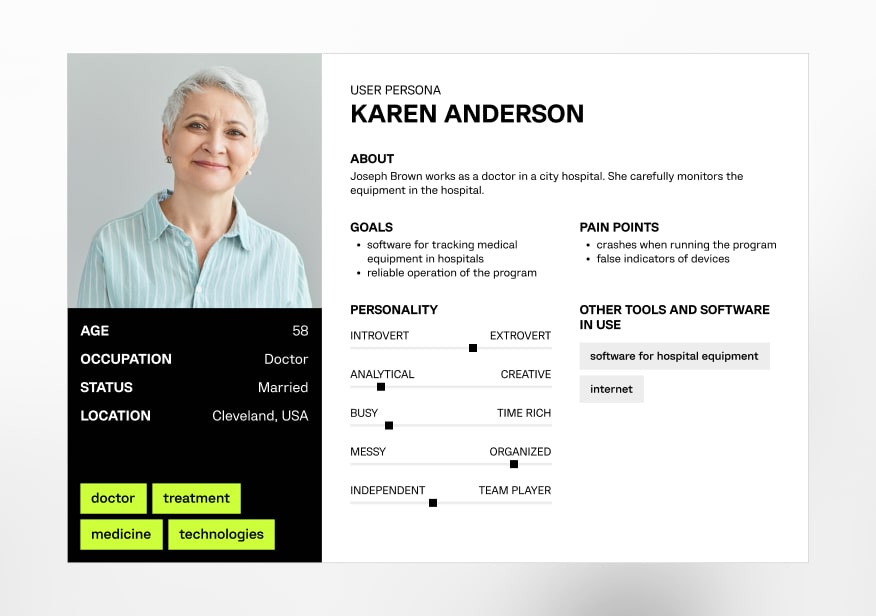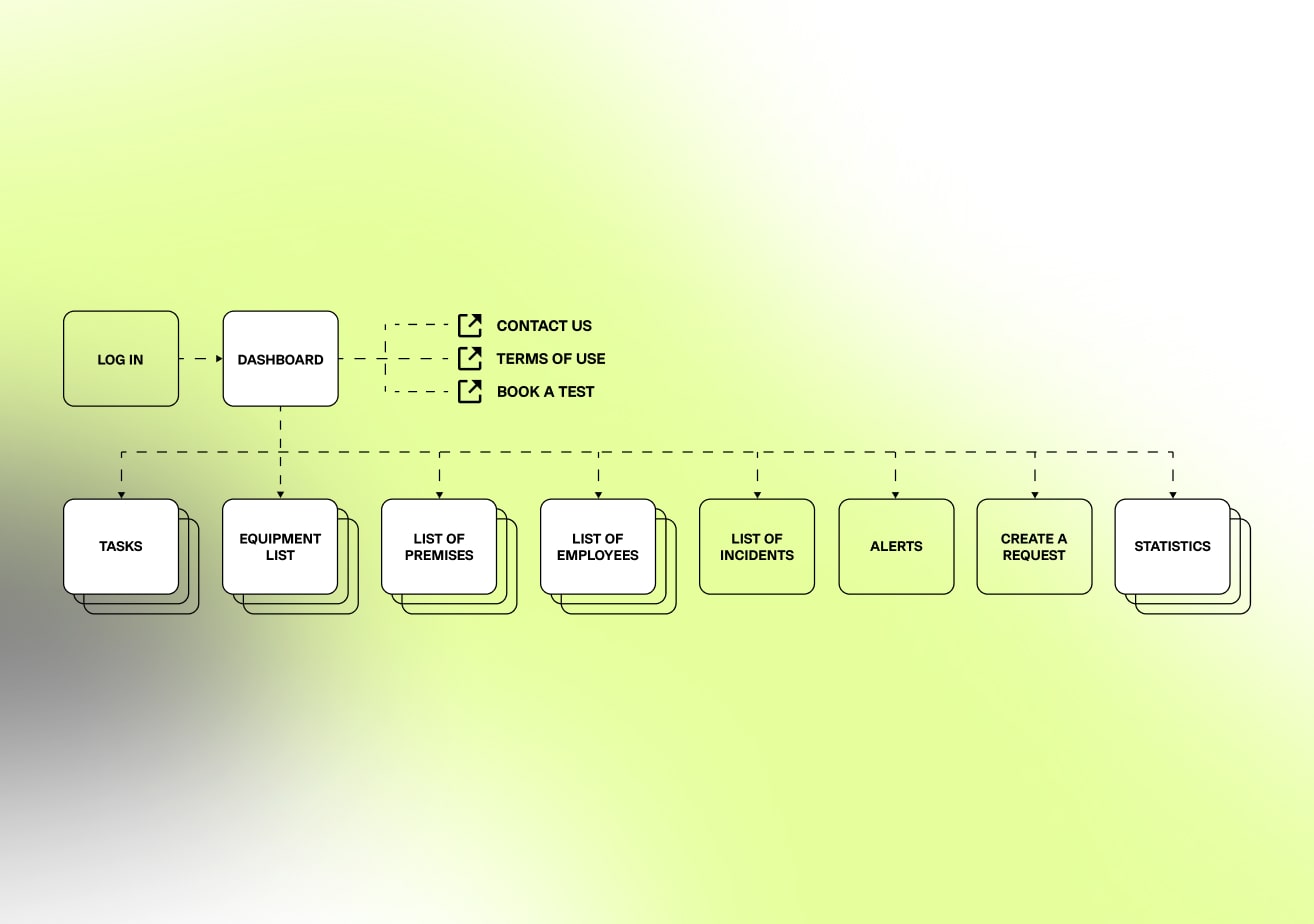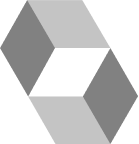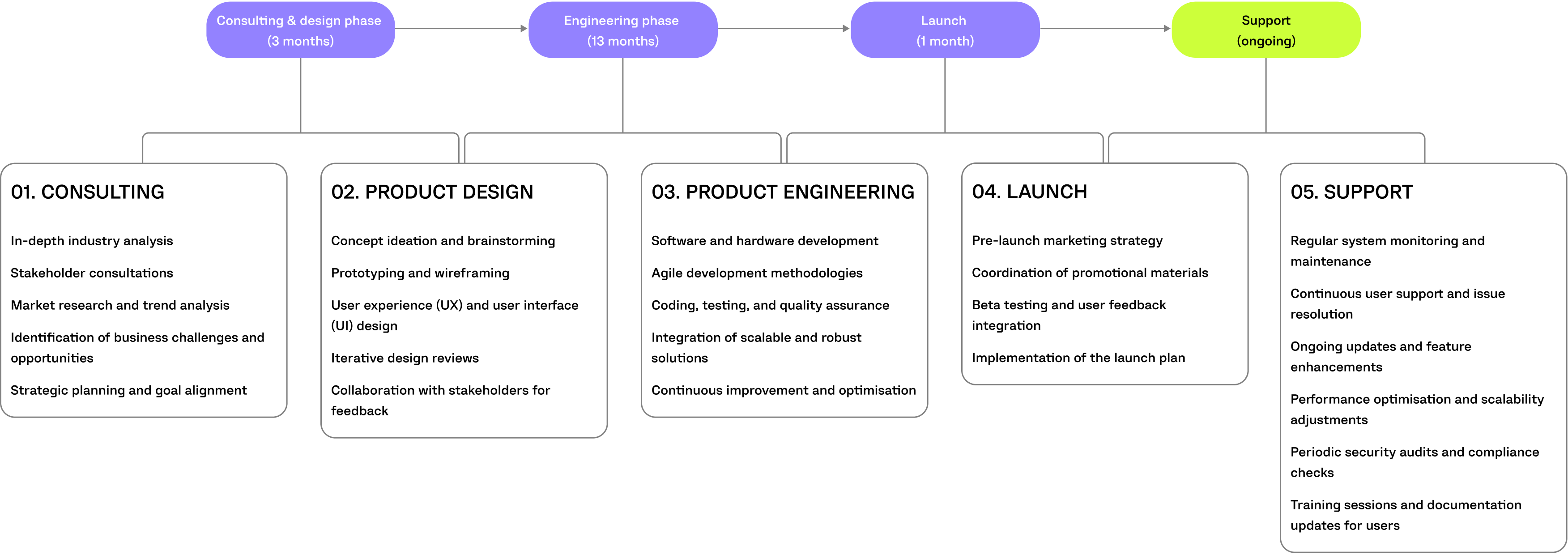Get pricing →
- Services
- Capabilities
- Industries
- Clients
- Solution Hub
- Company
- EN
- Get pricing
Our client, Safety Healthcare, needed an efficient solution to track and manage medical equipment. Computools assisted by developing an intuitive application using RFID tags and barcodes, leading to optimised operational processes. This digital transformation resulted in improved clinical outcomes and more efficient healthcare operations.
The client is a trusted ally in the healthcare industry, providing high-tech solutions for safe and effective patient management. Specialising in identification and safety, the company is committed to improving the quality of care, enhancing clinical outcomes and enriching the patient experience.
The client’s platform focuses on meeting important patient safety standards, improving operational efficiency and financial stability. This makes it the preferred choice for leading and best-rated healthcare providers.
The project aims to create an advanced application for efficiently tracking and managing medical equipment within healthcare facilities. The main objectives of the project were:
The scope of work, developed by our engineers, allowed us to speed up the development process, accurately control each stage and easily make changes as required. We developed an intuitive application utilising RFID tags and barcodes for real-time equipment tracking. This enhanced patient safety and significantly improved operational processes and financial stability. As a result of our solution, the client experienced a 56% boost in revenue and a 74% reduction in checkout time.
After completing the project, we keep in touch with the client to have the opportunity to monitor the app’s effectiveness and make edits and improvements if necessary.
We solved several vital issues:
Computools stood out thanks to our proven track record of projects, extensive experience and detailed approach to problem-solving. We offered a solution and a partnership focused on delivering tangible results. Our commitment to using the latest technologies and a client-centric mindset ensures that Safety Healthcare benefits from a tailored, efficient and future-ready application for tracking medical equipment.
his reactive need for a robust solution to enhance patient safety and operational efficiency was a critical opportunity. Additionally, there was untapped potential to improve clinical outcomes and streamline processes through digital transformation, which our team helped unlock.
While selecting a contractor, Safety Healthcare conducted a comprehensive assessment of potential partners. This involved carefully evaluating each contender’s expertise, project history and alignment with Safety Healthcare’s specific needs.
As generalists, we managed the project from inception to completion, ensuring seamless integration and functionality across various components. Our specialists focused on developing the application using RFID tags and barcodes, creating a user-friendly interface, and implementing robust data security measures. We provided comprehensive support, from initial consultation and design to deployment and ongoing maintenance, ensuring the client’s needs were met at every stage.
We developed a user-friendly interface tailored to healthcare professionals by analysing user workflows and requirements. This focus on usability ensured that the application was intuitive and easy to adopt, facilitating smoother transitions and quicker adaptation.
The design tasks for this application encompass creating an intuitive interface, enhancing user experience, visualising data, adapting for mobile devices, and maintaining a cohesive brand style aligned with Safety Healthcare.

A detailed representation of the ideal app user's characteristics

Visual representation outlining the website's structure and navigation

Skeletal framework illustrating the app's layout and functionality

Visual design showcasing the interactive elements for a seamless user experience
JAVA
Java was designed to be easy to use and is, therefore, easier to write, compile, debug and learn than other programming languages. This allows the creation of modular programs and reusable code. One of the most significant advantages of Java is its ability to move quickly from one computer system to another.
REACTJS
ReactJS is a JavaScript library that combines the speed of JavaScript and uses a new way of rendering web pages, making them highly dynamic and responsive to user input. The main benefit of ReactJS for this project is the ability to reuse code components at different levels at any time, with meaningful time-saving effects.
SPRING FRAMEWORK
Spring Framework is a powerful, lightweight application development framework for Enterprise Java (JEE). It can be described as a complete and modular framework. The Spring Framework can be used for all layer implementations of a real-time application and to develop a particular real-time application layer.
SPRING SECURITY
Spring Security is a powerful and highly customisable authentication and access-control framework. It is the de facto standard for securing Spring-based applications. Spring Security provides authentication and authorisation to Java applications. The real power of Spring Security is found in how easily it can be extended to meet custom requirements.

HIBERNATE
Hibernate is an Object-Relational Mapping (ORM) solution for JAVA. It is an open-source persistent framework. It is a powerful, high-performance object-relational persistence and query service for any Java application. Hibernate maps Java classes to database tables and from Java data types to SQL data types and relieves the developer from 95% of common data persistence-related programming tasks.
JPA
The Java Persistence API (JPA) is a standard API for accessing databases within Java applications. JPA is designed to operate inside and outside a Java Enterprise Edition (Java EE) container. JPA represents a simplification of the persistence programming model. The JPA specification explicitly defines the object-relational mapping rather than relying on vendor-specific mapping implementations. JPA standardises the important task of object-relational mapping by using annotations or XML to map objects into one or more database tables.

ELASTICSEARCH
Elasticsearch is a database that stores, retrieves and manages document-oriented and semi-structured data. Elasticsearch has its query domain-specific language in which you specify the query in JSON format. It allows for nesting other queries based on the client's needs. Real-world projects require searching on different fields by applying some conditions, different weights, recent documents, values of some predefined fields, and so on. All such complexity can be expressed through a single query.
POSTGRESQL
PostgreSQL is an enterprise-class open-source database management system. It supports both SQL for relational and JSON for non-relational queries. As a LAMP stack option, it can run dynamic websites and web apps. Write-ahead logging makes it a highly fault-tolerant database, and it supports geographic objects for location-based services and geographic information systems.
The right choice of project methodology is a prerequisite for the quick execution of tasks, easier management and the earliest achievement of goals. For this project, Scrum was chosen. Scrum was originally formalised for software development projects but works well for any complex, innovative or new product development scope of work. The Scrum framework is deceptively simple. During sprint planning, the team pulls a small chunk from the top of the list with tasks in a sprint backlog and decides how to implement those pieces. The team has a certain amount of time, a sprint, to complete its work – usually two to four weeks – but meets each day to assess its progress (daily scrum). At the end of the sprint, the work should be shippable, ready to hand to a customer, put on a store shelf or shown to a stakeholder. The sprint ends with a sprint review and retrospective.


Computools was selected through an RFP process. They were shortlisted and selected from between 5 other suppliers. Computools has worked thoroughly and timely to solve all security issues and launch as agreed. Their expertise is impressive.